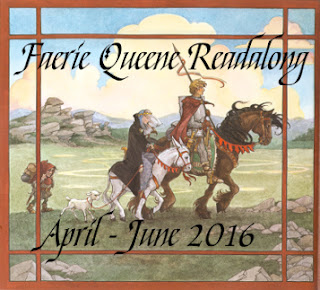Will My Cat Eat My Eyeballs?
Since my oldest is now enrolled in a funeral science course at college, I am learning a lot about how it all works. And so I tend to pick up books by Caitlin Doughty, and that's what I did the other day at the public library. Doughty collects questions sent to her by curious kids, and she gives full, detailed answers. She does not pull her punches, but she delivers everything with warmth and humor.
That said, it's not actually a kids' book. It would probably go down well with ages 10+, but it's not published as a middle-grade or YA book, and sensitive kids should probably not read it.
Doughty answers questions such as:
- Can I keep my parents' skulls?
- Can I give Grandma a Viking funeral?
- What about soldiers who die far from home?
- What if I ate a lot of unpopped popcorn and then got cremated?
- Can I be preserved in amber?
And many more, some of which are on the gross side. But such is death.
The articles are each matched with charming, macabre drawings of a girl (Doughty herself, I think, since they have matching hairdos) and a skeletal Death.
I enjoyed reading this book. Your mileage may vary, but if you're interested in issues of death, this is a fun read.






so i just finished "Devolution" and i'm glad... it was a bit, no, a lot too gory for me. that's why i normally read and post on old books.... i forgot exactly what you were curious about, but re Rainier it's a stratovolcano like St. Helens, one of a chain of volcanos extending north from Lassen and Shasta. it's most dangerous features as you probably know are the lahars, hot mud flows that can travel a long distance. also the ash clouds which can smother animal and human life for a long time. the book depicted those accurately, more or less... what wasn't so accurate was describing the eruption as a mild glow in the north. i was coming home from a geology field trip on the south side of the Columbia river when St. Helens erupted: it looked like an atom bomb had been set off, with a tremendously high smoke field rising up over 20.000 feet that had lightning flashes in it. we could hear the roaring through the side of the bus. so it's difficult to credit Rainier being any smaller. the location of the enclave would have had to have been in very steep rugged terrain: north of St. Helens is a big reservoir and immediately after that the mountains dominate the landscape... so far as i know most of it has been logged off, now... the rest of the book was pretty much fantasy: there are no big feet, loggers would have found them years ago and most of the sitings have been apocryphal. i've spent a fair amount of time hiking around Rainier, St. Helens and Hood but never even come close to seeing anything but black bears once in a while; and never any sign of much else. never any rabbits, just squirrels and birds... i climbed St. Helens about a year before it erupted and what a view: it was a clear day and i could see Shasta down in southern Oregon... anyway, i enjoy your posts a lot: bright part of my day, tx...
ReplyDeleteOh, thanks mudpuddle! I believe you about the 'mild glow' being far too gentle. What Brooks was describing sounded more like a wildfire (like what we get here) than a real volcanic eruption. Same with the amount of ash, actually. I remember the photos from Mt. St. Helens and how huge the whole thing was -- in fact I have a magnet on my fridge that shows it before and after. We can see Lassen from here, and even Shasta on a really clear day, and have had some fun trips and hikes in that area.
ReplyDeleteI promise I do not believe in Bigfoot. :) Or zombies, for that matter!